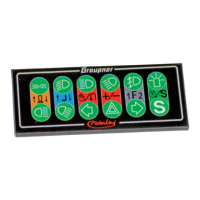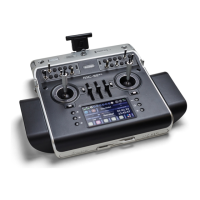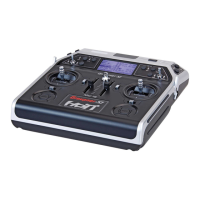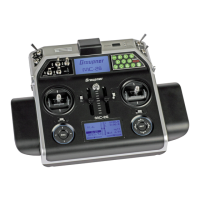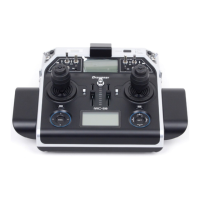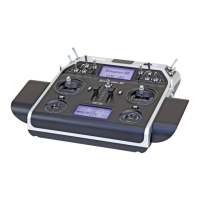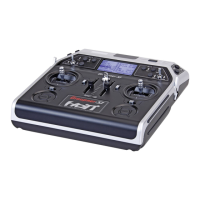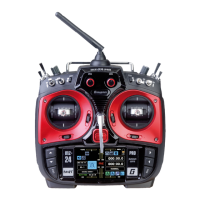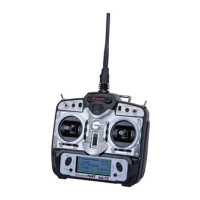296
Programming examples - Winged models
Integration of an electric drive into the model
programming
An electric drive can be controlled in different ways:
The simplest method to integrate one such drive into
the model programming is with the use of a throttle/
brake stick (C1). However, since this is already speci-
fied for the brake system in the course of the model
programming described above, either the switchable
solution described beginning on page 306 or even the
use of an alternative control is possible.
As a suitable alternative, one of the two 3-position
switches would be better than one of the proportion-
als controls. However, either one of the two side
proportional rotary controls are also well suited to ac-
tivation of a motor without having to let go of the stick.
An alternative would also be one of the two-stage
switches. Basically, whatever switch is used should be
located where it is within convenient reach.
Before we turn to the individual examples, it is im-
portant must be noted that all inputs in the »Control
adjust« menu (page 118) can be selectively pro-
grammed as flight-phase specific ("PH" in the "Type"
column) or model memory specific ("GL" in the "Type"
column)!
However, since the drive should usually be available
depending on the current flight phase, we recom-
mend leaving the standard default "GL" ("global") in
the "Type" column which your are using.
0%
+100%I5
I6
I7
I8
Ty p
SEL
+100%
0.0 0.0
– travel + –time+
0%
+100%
+100%
0.0 0.0
0%
+100%
+100%
0.0 0.0
0%
+100%
+100%
0.0 0.0
GL
GL
GL
fr ---
fr
fr
fr
---
---
---
offset
GL
Normal
A common option in the following examples 1 … 5,
the automatic tracking of the elevator trimming in the
power flight, should also be mentioned at the begin-
ning of this section:
If it becomes apparent after the initial power flights
that the model must be continuously corrected with
the elevator while the motor is switched on, this situ-
ation can be corrected by setting a free mixer and
adjusting it accordingly. For this purpose, switch to the
menu …
»Free mixers« (begin page 209)
… and program one of the linear mixers, Linear MIX 1
… 8, or even one of the curve mixers, Curve MIX 9 …
12, from "channel controlling the motor" according to
"Ele", for example:
EL
LinearMIX 1
Ty p
8
from – Begr. +
??
??
??
??
??
??
––––
LinearMIX 2
LinearMIX 3
LinearMIX 4
LinearMIX 5
to
Adjust
––––
––––
??
??
––––
On its second screen page, the required – usually
low – correction value is entered:
Finally, the receiver's behavior in the event of a failure
should certainly be established in the menu…
»Fail Safe« (page 208)
FAIL SAFE
Pos
hold
1
2
3
4
5
6
7 8 9 10 11 12 13 14 15 16
DELAY : 0.25s STO
… because "doing nothing" is the worst thing which
can be done for a winged model.
In the transmitter's home position, "Hold" is speci-
fied and "Hold" means that the receiver continuously
sends the last correctly recognized control impulse to
the servos in the model. In the best case scenario the
model flies straight ahead for an indefinite amount of
time and then hopefully "lands" somewhere without
causing significant damage! However, if something
like this happens in the wrong place at the wrong
time, the model may become uncontrollable and
"tear" across the flight field completely out of control,
putting the pilot and/or spectators at risk. Therefore, it
would obviously be beneficial to program the function
"Motor off" at the very least, in order to prevent such
risks.
With electro gliders, on the other hand, the fail-safe
setting "motor off" can also be used, for example, for
outlanding, to reliably stop the motor or its propeller
by immediately switching off the transmitter after the
landing.
The author usually prefers a "braking finish" within
eyeshot to floating off "somewhere else".
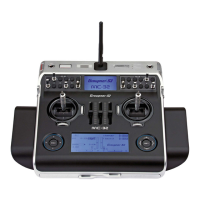
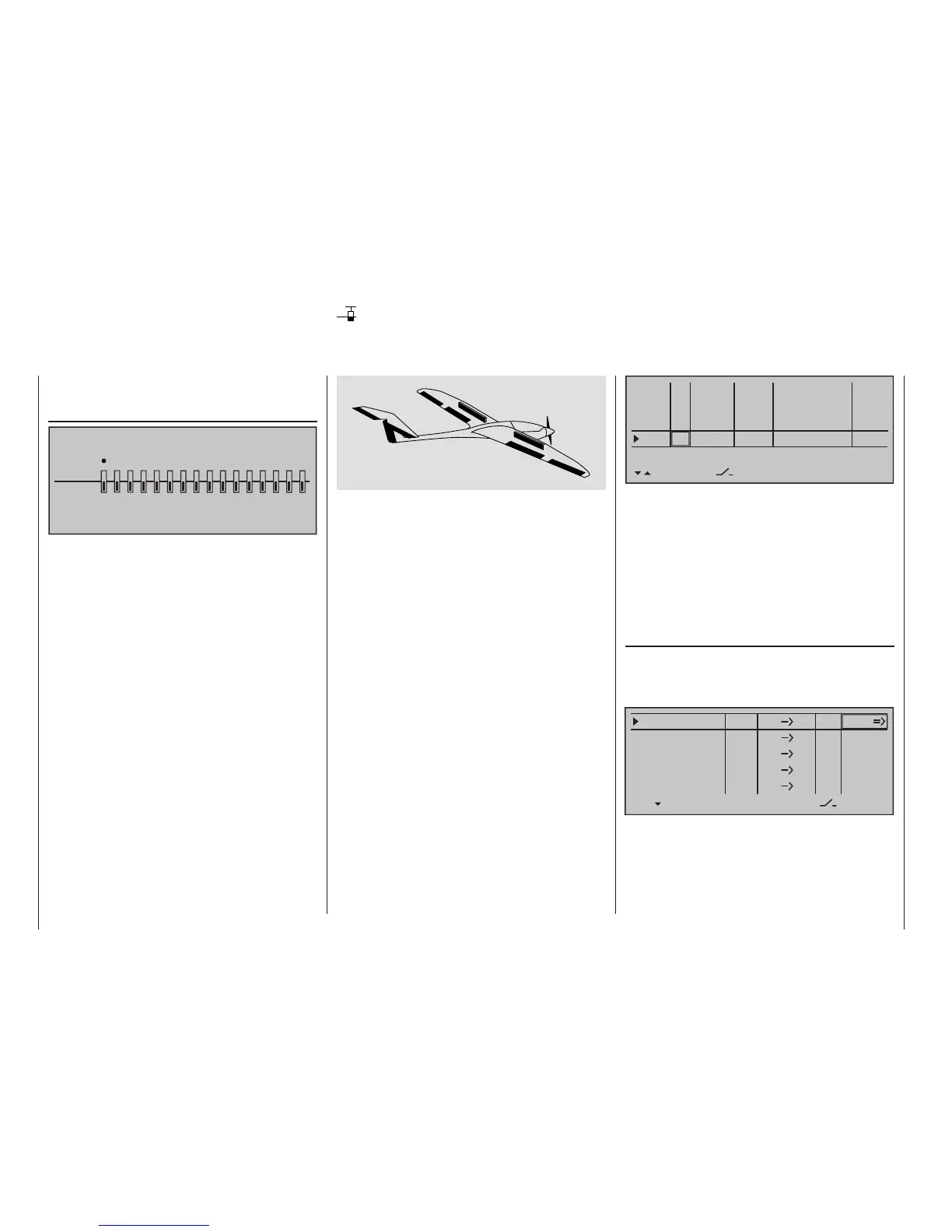